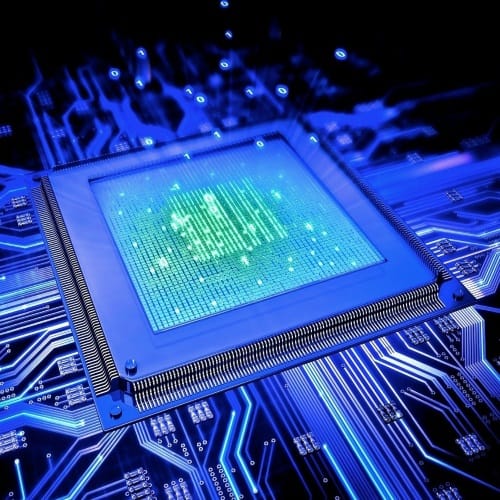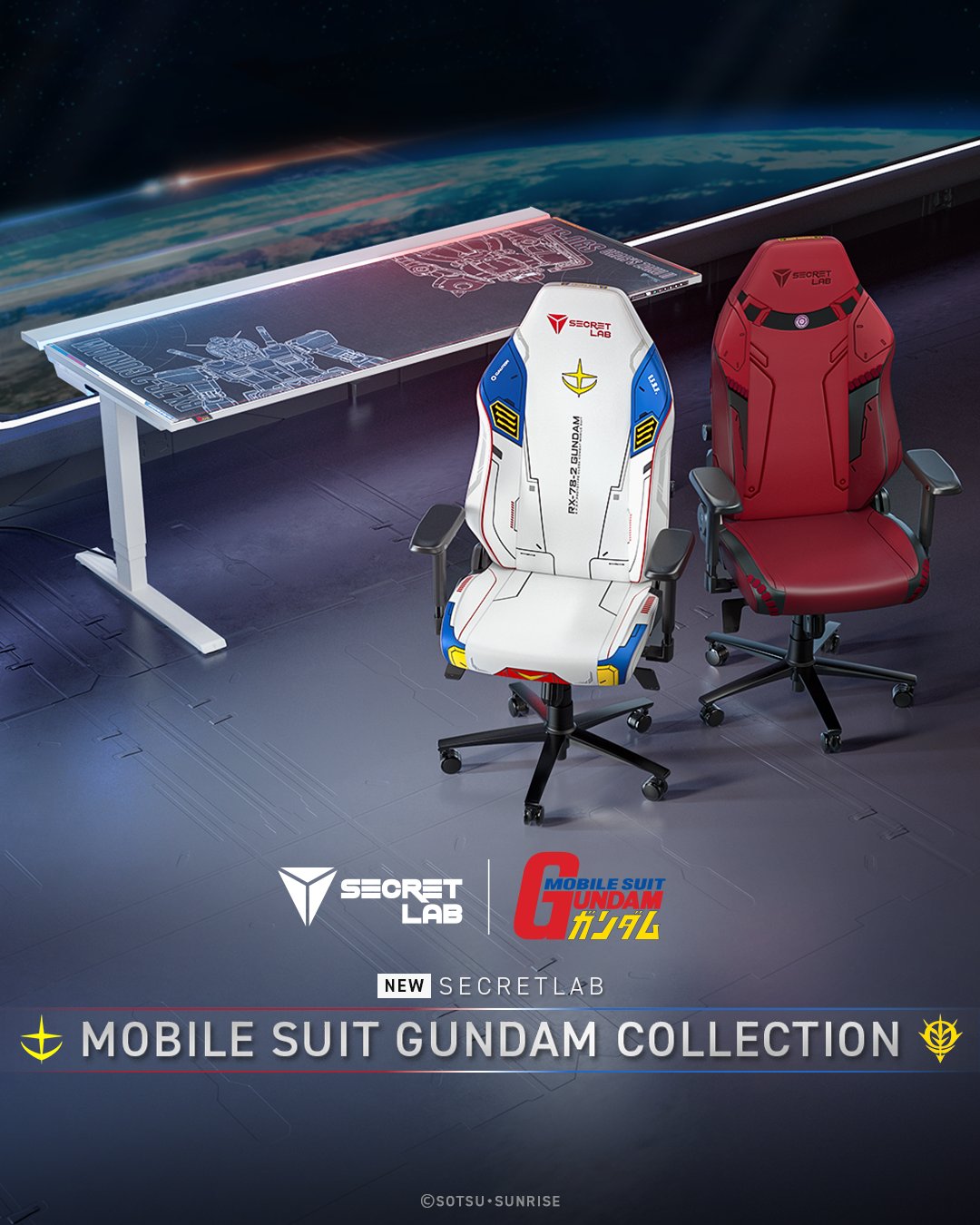
After a successful year working with ASUS and a short break for the holiday season, I’m back in the seat, ready to play with some new toys and offer you my opinions. ASUS are also back on board, helping us start the year strong by providing us with the ‘ASUS TUF Gaming B850-PLUS WIFI Motherboard’, a slightly cheaper but no less impressive alternative to my final review for 2024.
Coming with the AMD B850 Chipset and a socket for the AMD AM5 Ryzen 7000 / 8000 / 9000 series processors, this ATX motherboard offers enthusiasts and dedicated gamers numerous options when deciding what they might want to include in their dream gaming rig. Your choice of processor will potentially affect the memory you decide to install, but even then, you’re provided with plenty of options. Four DIMM slots will support up to 256GB DDR5 RAM with up to 8000+MT/s (OC) while using the supported processors. These offer Dual Channel Memory Architecture, as well as AMD Extended Profiles for Overclocking (EXPO) and ASUS Enhanced Memory Profiles (AEMP), so you can squeeze a bit of extra performance out of your memory – if that’s something that interests you.
There’s a total of four PCIe slots, one of which supports PCIe 5.0 x16 (supporting x16 mode) if you’re running a 7000 or a 9000 series processor, or PCIe 4.0 X16 (supporting x8/x4 modes) if you’re using an 8000 series. The AMD B850 Chipset supports a further two PCIe 4.0 X1 slots for smaller cards, such as additional rear panel USBs or additional storage solutions, and a second PCIe 4.0 x16 (x4 mode) slot allows for a second, larger card. Although, it is worth noting that it shares bandwidth with one of the M.2 slots.
The ASUS TUF Gaming B850-PLUS WIFI Motherboard supports three M.2 slots, and much like the expansion slots, performance and support will depend on the processor selected. If you’re using the 7000 or 9000 series processors, the primary M.2 slot can support a 2280 drive with PCIe 5.0 x4, and the secondary, while supporting PCIe 4.0 x4, can take 2242, 2260, 2280 and 22110 drives. These will revert to PCIe 4.0 x4 and PCIe 4.0 x4/x2 respectively while using an 8000 series drive, though the mode of the secondary drive will be influenced by the CPU selected. Alongside this is a third M.2 slot that supports PCIe 4.0 x4 through the AMD B850 chipset, but this is the one that will knock out your second PCIe 4.0 x16 expansion slot.
Should this not be enough for you, you’re bringing a hard drive from your last build, or you’re going to use that second expansion slot, there are four 6Gb/s SARA ports located alongside the variety of other internal I/O ports, and these are positioned in a way that makes them incredibly easy to access and perfect for a clean build. This includes a 10Gbps USB header, with support for Type-C, a header that can support two 5Gbps USB ports, and two USB 2.0 headers that can handle four USB 2.0 ports.
You’ll also find a Thunderbolt (USB4) header, alongside the usual headers for case audio panels, system panels, chassis intrusion, and the ever-important Gen2 Addressable headers, letting you light your system up with all of the Aura Sync-compatible RGB you could ever need.
Over the last few reviews, I’ve noticed that ASUS puts a particular emphasis on durability, and this is even more apparent with the ASUS TUF Gaming range. The first, and probably most notable aspect of this is the generously sized heatsinks for the M.2 sockets and the aggressively designed VRM heatsink that leads back to the rear I/O Panel.
Cooling the system is further enhanced by a total of six 4-pin fan headers, including two for the CPU. These are strategically placed around the board to offer the next possible cooling solution, and when combined with Armoury Crate’s Fan Xpert 4 system, they’ll help to keep your system running cool, even during intense sessions.
Components are further protected by ASUS TUF Protection, such as DIGI+ CRM, ESD Guards, TUF LANGuard, Overvoltage Protection, SafeSlot, and a pre-mounted Stainless-steel rear I/O Panel, but it doesn’t stop there. The ASUS Q-Design systems lessen the chance of accidental damage during the installation and removal of components by making the whole process a lot more intuitive and accessible.
The Q-Latch system on the M.2 slots removes the need for poking around with a screw drive, the Q-Slot extends the push-tab away from thicker expansion cards, and the Q-Antenna removes the chance of accidentally twisting and breaking the fine wire that leads to the external Wi-Fi 7 antenna.
The antenna securely connects with a gentle click as you push the connectors into place on the rear I/O panel, alongside all of the USB connections you could ever need, disregarding those you may have built into your chosen case. There’s a total of 10 USB ports on the rear panel, made up of a single 20Gbps Type-C, three 10Gbps Type-A, four 5Gbps Type-A, and two USB 2.0 ports.
These sit neatly next to an 8K@30Hz capable Display Port 1.4 connection, a 4K@60K HDMI 2.1 port, a 2.5Gb RJ45 ethernet port, and five 3.5mm audio ports, capable of delivering 7.1 High Definition surround sound. It’s also here that you’ll find the easily accessible BIOS FlashBack button, so you won’t need to open your case should you make a mistake while poking around the BIOS.
If you do want to dip your toes into the world of overclocking, or you’d like some extra control over the system’s performance, the ASUS TUF Gaming B850-PLUS WIFI Motherboard comes with plenty of easy-to-use software that will guide you along the way.
I’ve already mentioned Armoury Crate, where you can fine-tune your system fans and play with pretty lights, but you can also use this to review power settings and get a general idea of your system performance. ASUS DriverHub is your one-stop shop for driver updates, ASUS GlideX helps to cast your screen to other devices with ease, and ASUS TubroV provides you with the tools to overclock your system.
As I’ve come to expect over the last few reviews, the ASUS TUF Gaming B850-PLUS WIFI Motherboard is the D-I-Yer’s dream. An easy-to-access layout helps guide amateur builders through what can be a daunting process, all the while protecting their investment through intuitive Q-Design systems.
Enthusiasts will find plenty of opportunities to expand their system, either by installing the latest and greatest components, or digging through overclocking software to squeeze as many frames as they can out of their existing setup. Regardless of how much experience you have building your own rig, the ASUS TUF Gaming B850-PLUS WIFI Motherboard is a fantastic choice.

The Good
- Easy DIY Solutions
- Huge memory capacity
- Plenty of storage
- PCIe 5.0 x16 support
The Bad
- Shared bandwidth reduces functionality













